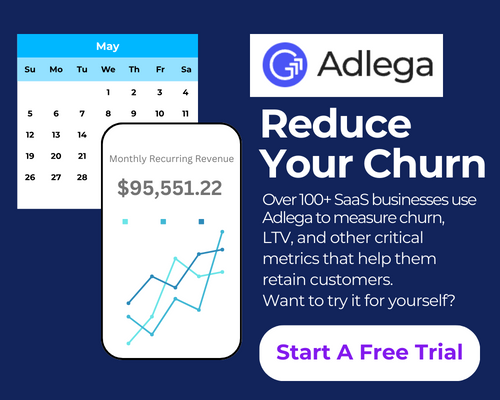
What Is Cost per Click?
How to Calculate CPC
The basic formula for CPC is:
CPC = Total Cost of Ad Campaign / Number of Clicks
Example:
Let’s say you run a Google Ads campaign:
- Total spend: $1,000
- Clicks received: 500
Your average CPC would be:
$1,000 / 500 = $2 per click
Is $2 a good CPC? That depends on your industry, keywords, and the value of a conversion for your business.
Why Cost per Click Matters
Understanding CPC is crucial because:
- It measures ad efficiency: Are you getting clicks at a reasonable price?
- It guides budget allocation: Which keywords or placements give you the best ROI?
- It allows precise budgeting: You only pay when someone shows interest.
- It affects ad positioning: Your CPC bid influences where your ad appears.
- It reflects quality: A lower CPC often means your ad is more relevant.
Industry Benchmarks
Average CPCs vary by industry. Here are some benchmarks for Google Ads:
- Legal: $6.75
- Consumer Services: $6.40
- Technology: $3.80
- E-commerce: $1.16
- Travel & Hospitality: $1.53
Keep in mind, these are averages. Your actual CPC may differ based on specific factors.
Factors Affecting CPC
Several elements can impact your CPC:
- Industry competition: More advertisers = higher CPCs.
- Keyword competitiveness: Popular keywords often cost more.
- Ad quality and relevance: Better ads can lower your CPC.
- Landing page experience: A good post-click experience improves ad rank.
- Geographical targeting: Some locations have higher CPCs.
- Time of day or seasonality: Prices can fluctuate based on demand.
Optimizing Your CPC
Want to lower your CPC? Try these tactics:
- Improve ad quality: Better ads get better placement at lower costs.
- Use long-tail keywords: Less competitive and cheaper options.
- Refine targeting: Focus on the most relevant audience.
- Test ad variations: Find what resonates best with your audience.
- Optimize landing pages: A better user experience can improve your quality score.
- Use ad scheduling: Show ads when they’re most likely to convert.
CPC vs. Other Pricing Models
CPC isn’t the only pricing model. Others include:
- CPM (Cost per Mille): Pay per thousand impressions.
- CPA (Cost per Acquisition): Pay only when a user completes a desired action.
- CPL (Cost per Lead): Pay for each lead generated.
Each model has its pros and cons. The best choice depends on your campaign goals.

Leave a Reply